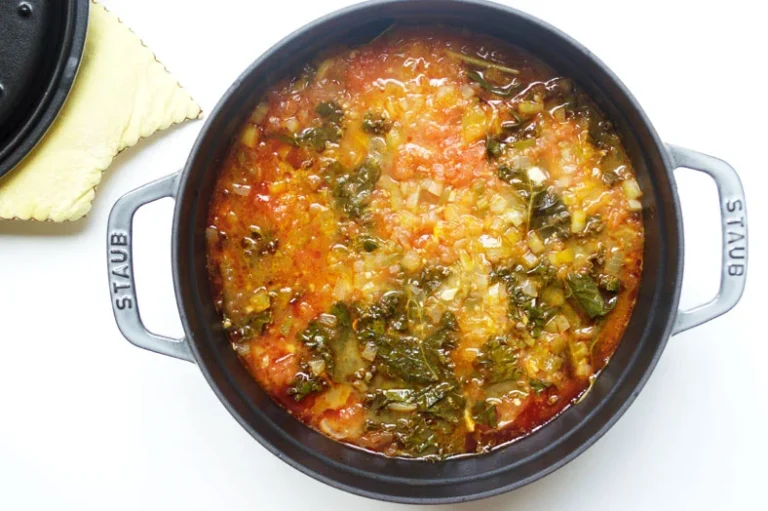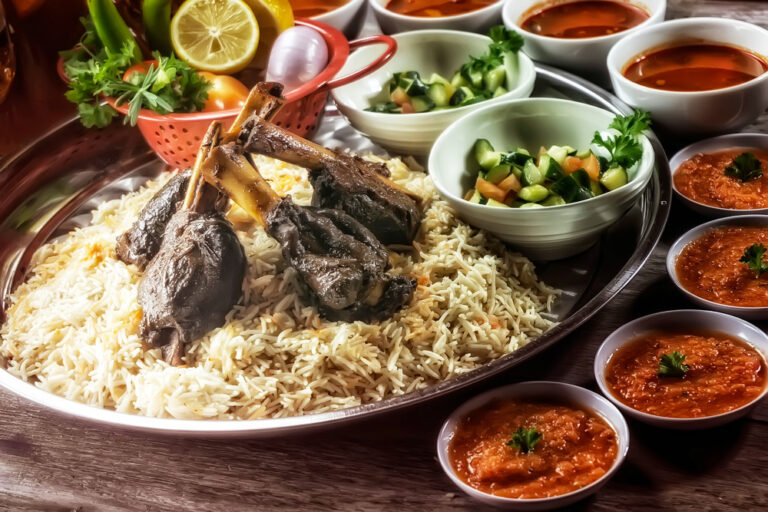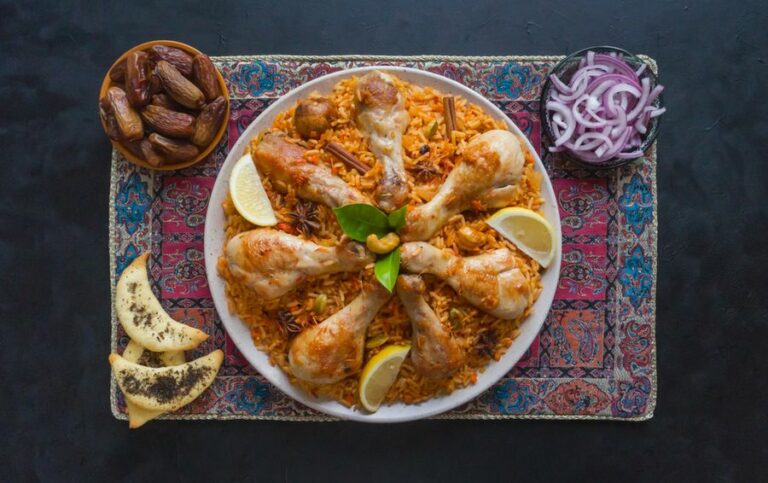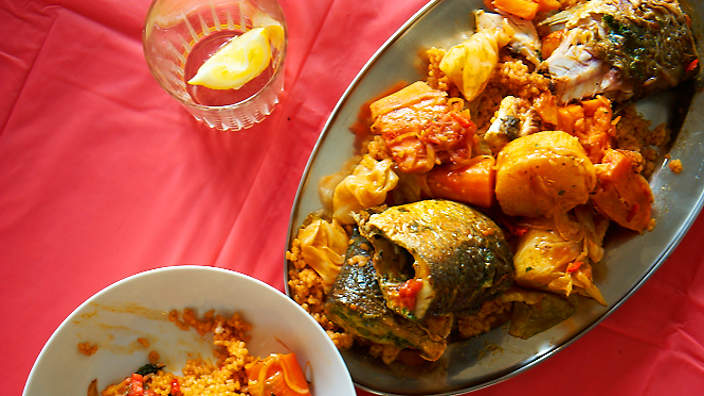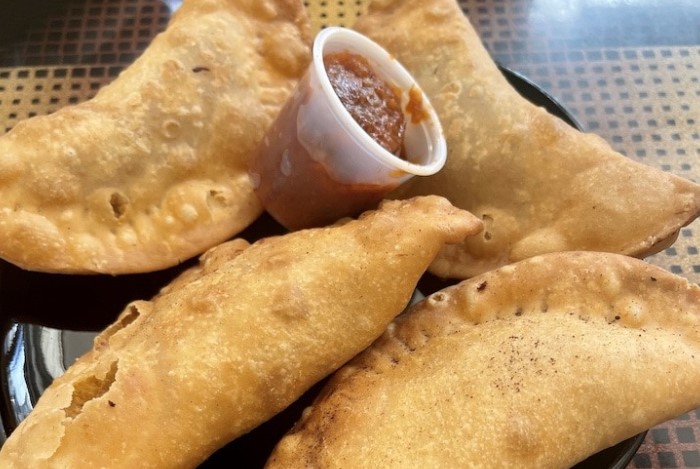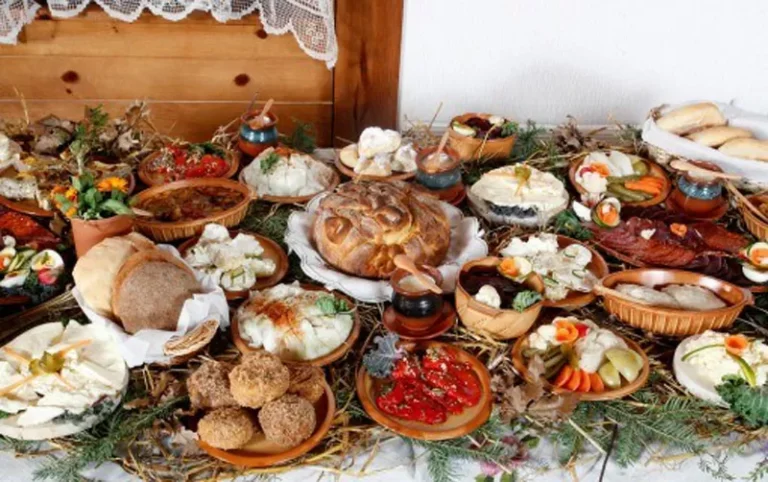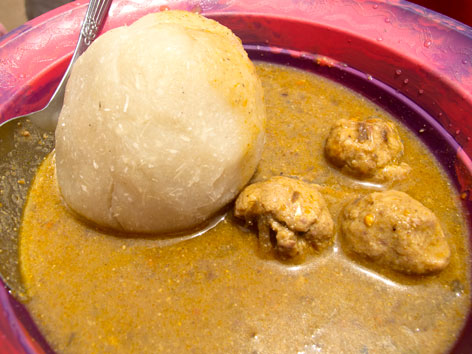Introduction to São Tomé and Príncipe cuisine
São Tomé and Príncipe is a small island nation located in the Gulf of Guinea, off the coast of Central Africa. The country is known for its rich cultural heritage and its unique cuisine, which reflects the influence of Portuguese and African cooking traditions. The cuisine of São Tomé and Príncipe is characterized by the use of fresh ingredients, bold flavors, and a variety of spices and herbs.
Overview of soups and stews in São Tomé and Príncipe
Soups and stews are an essential part of São Tomé and Príncipe cuisine. They are typically served as a main course and are often prepared with a combination of meats, seafood, vegetables, and legumes. These dishes are usually cooked slowly over a low flame, which allows the flavors to meld together and the ingredients to become tender.
Common ingredients used in São Tomé and Príncipe soups and stews
Some common ingredients used in São Tomé and Príncipe soups and stews include cassava, plantains, yams, and sweet potatoes. These starchy vegetables give the dishes a thick and hearty texture and are often used as a substitute for rice or bread. Other common ingredients include beans, lentils, and chickpeas, which are used to add protein and fiber to the dish.
Local herbs and spices in São Tomé and Príncipe cuisine
São Tomé and Príncipe cuisine is known for its use of local herbs and spices, which lend a unique flavor to the dishes. Some of the most commonly used herbs and spices include bay leaves, thyme, parsley, and basil. Peppers, such as chili peppers and black pepper, are also used to add heat and flavor to the dishes.
Meat and seafood used in São Tomé and Príncipe soups and stews
Meat and seafood are integral components of São Tomé and Príncipe soups and stews. Beef, chicken, and goat are commonly used, as well as fish and shellfish. Some of the most popular seafood used in the cuisine include shrimp, crab, and lobster. These ingredients are typically cooked with vegetables and legumes to create a flavorful and filling meal.
Vegetables and legumes in São Tomé and Príncipe cuisine
Vegetables and legumes play a central role in São Tomé and Príncipe cuisine. In addition to the starchy vegetables mentioned earlier, common vegetables used in soups and stews include onions, tomatoes, and carrots. Okra, a vegetable that is popular in West African cuisine, is also commonly used. Legumes, such as black-eyed peas and kidney beans, are used to add protein and texture to the dishes. Overall, the use of fresh, locally-sourced ingredients is a hallmark of São Tomé and Príncipe cuisine, and is one of the reasons why the island nation’s food is so highly regarded.

